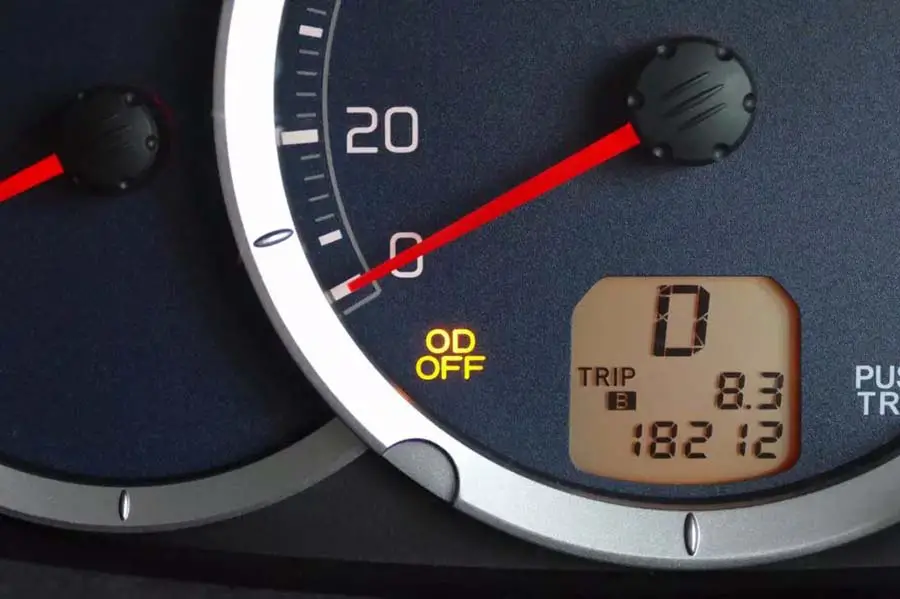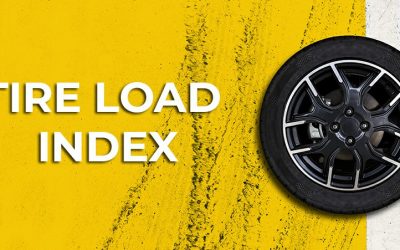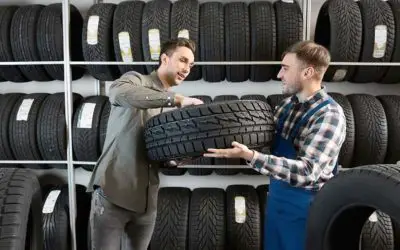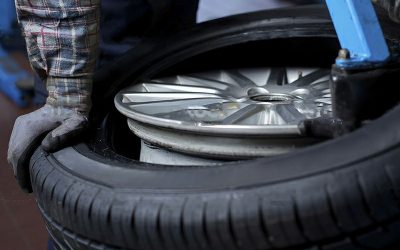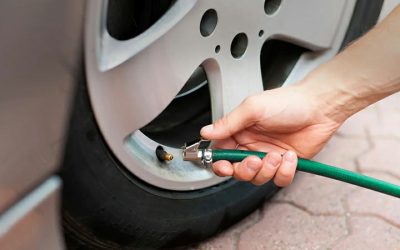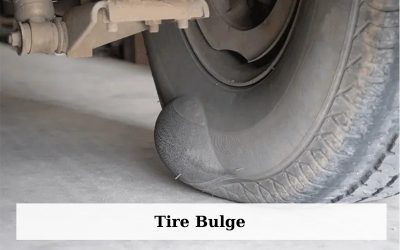You can see the O/D button in most modern automatic vehicles nowadays. Yet, many do not get what the O/D stands for and might sometimes wonder about its meaning and function.
Acquiring this necessity, we would like to show you a very detailed explanation of the O/D off meaning and the relevant matters. So keep following our article to figure out everything.
What Does O/D Off Mean On A Car?
The O/D Off stands for Overdrive Off. It is responsible for exhibiting the vehicle’s performance at a low RPM when driving at a steady speed. And the unit of measurement for “RPM” is revolutions per minute.
Simply put, the highest speed allowed in all-numeric gears is around 75-80 mph. In contrast, in Overdrive gear, the acceptable top velocity is substantially lower, ranging from 40 to 60 mph depending on the vehicle model, gearbox type, and other criteria.
So one of the main reasons people turn off the O/D is because they want to drive faster. While moving faster, the O/D off mode will also enable the engine to require less throttle input, resulting in decreased fuel consumption.
Besides fuel economy, this mode also helps to reduce suspension wear and engine noise. It is usually used on the winter days to prevent the snow from forming in the engine. So you will not have to be bothered about the snow-stuck engine problems when you drive on snowy days.
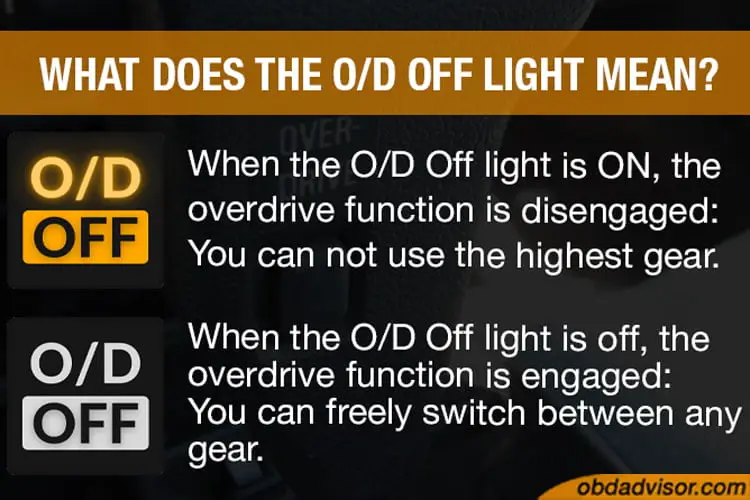
How Many Types Of O/D Are There?
Torque converter and lock-up are the two most common kinds of Overdrive. A torque converter uses an internal clutch pack to lock out one of the transmission’s gears, whereas a lock-up utilizes the clutch pack to engage the gear.
Both types of O/D have advantages and disadvantages, so car owners usually choose the suitable one based on their preference.
For instance, lock-up Overdrives can be a little more popular among truck drivers than torque converter Overdrives because they are more durable. On the other hand, if the clutch pack does not work, a torque converter Overdrive is less expensive and may last longer.
How To Use O/D Effectively?
Use O/D When Going Downhill
When driving down any hill, you must constantly press the brakes. The braking system has a lot of work to do and must operate at a high level of efficiency.
Even in the case of the residential neighborhoods, you will also create a lot of pressure on your braking systems. So to maintain the engine RPMs above idling without damaging the brakes or the engine, you have to turn on the O/D mode.
Use O/D When Speeding Up
When driving at a speed higher than 50 mph, it might be beneficial to utilize O/D. The RPM increases and the engine uses more power as you exceed 60 mph in modern automobiles and 50 mph in older ones.
Thus, if you enable the Overdrive switch, it will help minimize the RPM and put less pressure on the engine so you would get a smoother acceleration. On the other hand, while traveling in a speed limit location, such as below 50 mph, you will not need to use the Overdrive feature .
Keep in mind these notes to take advantage of the Overdrive button. Only when you use the car function properly can you increase your engine life and control it well.
When Should You Not Use The O/D Function?
It would be beneficial to avoid using the overdrive function when driving under 50 mph, going uphill, or carrying a trailer. Activating the O/D in these cases will make your vehicle wear out soon and lower the transmission efficiency by 20%.
Also, when constantly pressing the brake pedal in such situations, the automatic transmission is likely to be damaged. Worse yet, in certain circumstances, repairing and replacing the equipment might cost you a fortune.
Should You Turn On The O/D Mode All The Time On An Automatic Car?
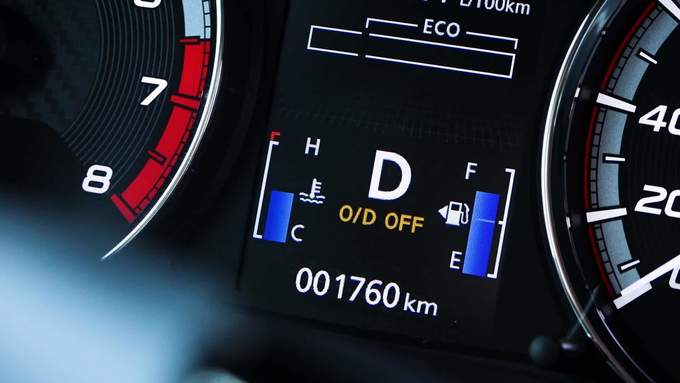
Many new automatic-car owners would wonder if they should allow the O/D mode all the time. Then the answer is absolute no.
The first reason not to do this is that almost modern engines are built to obtain exceptional gas mileage at part-throttle. That high mileage is impossible to attain if you drive at full power for more than 15% of the time on roads or freeways.
Yet, it could be conceivable to drive around in Overdrive mode all the time if you can maintain your foot on the gas pedal while going on highways with normal driving speeds of around 35 mph and 75 mph. But it seems to be unfeasible to drive that way then.
Moreover, driving with your foot on the pedal always will put a lot of stress on your car engine and transmission and might lead to severe damage.
As such, only turn on the O/D mode when you get to a slope or a severe descent that needs an engine speed of more than 2,000 RPM. Also, in any case, switch off the O/D mode whenever your engine speed dips below 1,200 RPM. It will help the engine to function more efficiently and economically.
FAQs
How Do You Know If O/D Off Is On Or Off?
You can easily tell if your O/D Off is on or off by looking at the O/D Off light. If the light is on, that means you are allowing the mode. On the contrary, you are switching it off.
To put it simply, do not mistake the O/D off light meanings. Bear in mind that when the light is on, you have activated the O/D Off mode, which means that O/D is off. As a result, the torque converter is not locked, and your car can only shift to slower speeds but not into higher gears.
The O/D Off mode is not actuated if the Overdrive light is not on. By pushing the O/D selector on the gear shifter, you can turn off the O/D light. In case the light does not work, you can go to the professional mechanic to have a technician check.
Can Anything Go Wrong With My O/D Off?
If your car is subjected to too much stress from the O/D Off mode, other components in the powertrain may suffer internal damage. In many cases, they can cause serious engine breakdown, such as the breakage of your engine thrust bearing that can cost you an arm and a leg.
Moreover, the mode can greatly reduce engine wear and save gasoline. Yet, this does not happen in most situations, and it only happens while employing low torque. Generating torque in Overdrive would wear out the car’s engine components.
The automatic gearbox and clutch are prone to breakage when the car is decelerating with a lot of torque.
What Can I Do If My O/D Off Is Not Working?
In most circumstances, you should be able to determine a defective overdrive by visually checking it and using a computer detection system.
If your transmission includes an electrical connector that monitors and diagnoses its function, you should connect it to your diagnostic system to find out what has gone wrong.
In case your O/D is already damaged, you will need to repair or replace it. It might require professional help from the mechanic.
But should you not figure out the problem yourself, the best way is to bring your buddy to the mechanic for a technical check. So you can have everything done for you while getting a general car checkup to ensure the vehicle’s condition.
Does O/D Off Make The Car Faster?
Unfortunately, the answer is no; that is not the case. Overdrive Off does not increase the speed of your vehicle. Its function is to increase vehicle frequency, allowing for better fuel efficiency and more fuel economy.
When you turn off the Overdrive button, you can drive the car as a tow truck and drive up or downhill. Furthermore, the gear ratio will be lowered when the O/D mode is turned off.
Final Thoughts
Our article has a very detailed explanation of the O/D off meaning, its usage, and some essential relevant matters.
Hopefully, you have gained enough information and applied the knowledge effectively to your car. We are sure that knowing how to use the car’s overdrive function to its full potential will provide you with the most pleasant and joyful driving experience

